
Now Reading
The World’s Largest Restaurant Company Believes That Building Green Can Help Save Green
Since 1997, Yum! Brands has expanded its global footprint to include restaurants in over 155 countries and territories, and it’s done so while keeping cost efficient — and eco-friendly — methods in mind.
The World’s Largest Restaurant Company Believes That Building Green Can Help Save Green
Since 1997, Yum! Brands has expanded its global footprint to include restaurants in over 155 countries and territories, and it’s done so while keeping cost efficient — and eco-friendly — methods in mind.
Published 05-13-25
Submitted by Yum! Brands
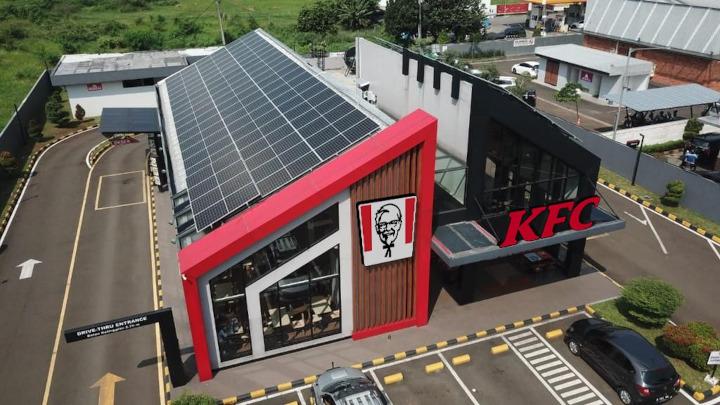
May 13, 2025 /CSRwire/ - Yum! Brands has long prioritized the integration of sustainable practices into its development strategy. If it was simply good for the environment, it’d be a nice-to-have, but the parent company of KFC, Pizza Hut, Taco Bell and Habit Burger & Grill has identified both economical and eco-friendly ways to outfit its restaurants. In other words, Yum! believes that building green can help to save green.
Here's how the company does it.
In 2014, Yum! adopted sustainable development guidelines for its restaurants that have since influenced its brands’ current standards. These guidelines took inspiration from the Leadership in Energy and Environmental Design (LEED) program and include aspects like strategically placed exhaust hoods and using appropriate lighting. But where they differ from LEED is that the Yum! guidelines leverage a scaled point system more specific to the quick-service restaurant industry with the goal of building more sustainable, energy efficient restaurants.
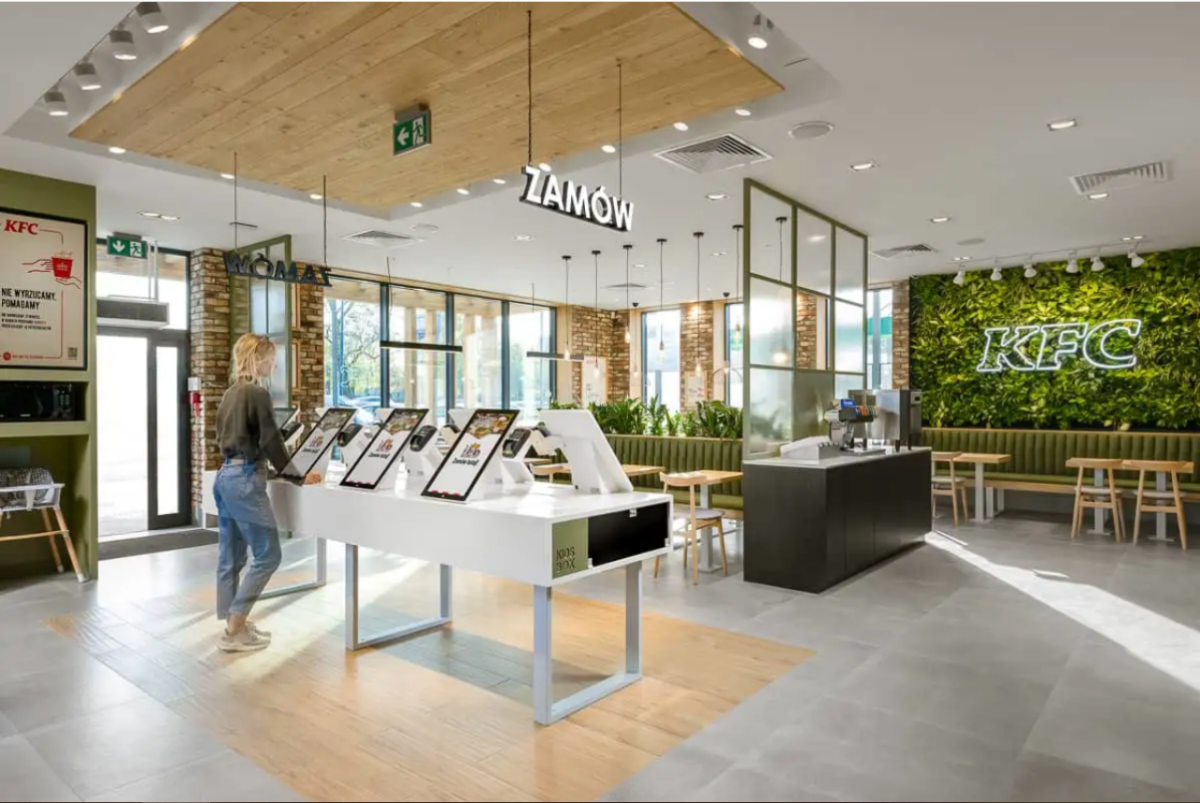
“We meet our franchisees where they are, so they can build according to what makes the most sense for their budgets,” said Yum! Chief Sustainability Officer Jon Hixson. “Thankfully, most of the methods we’ve identified are both good for the environment and for business.”
Recently, the brands took these guidelines one step further, with KFC evolving its Building Green Standards through the introduction of its 11 must-haves and Pizza Hut developing its Green Hut Toolkit with its own set of requirements. These standards, built on the foundation of sustainability and resilience, are aimed at being a win-win that helps conserve resources while saving franchisees money.
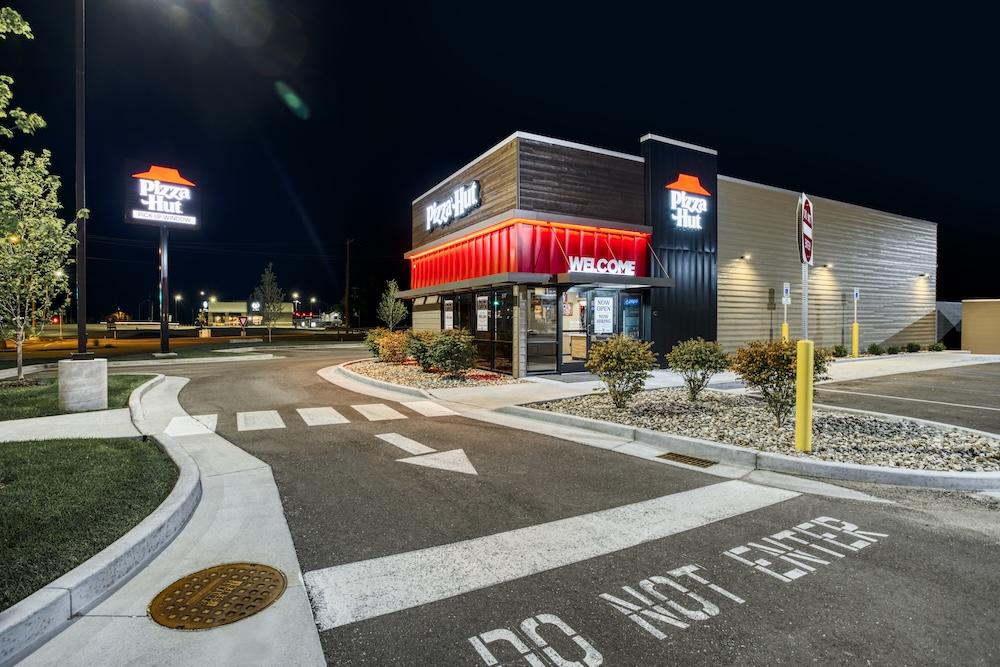
For Pizza Hut, optimized HVAC and exhaust hoods and efficiencies across equipment, refrigeration and lighting are all must-haves. A similar list applies to KFC’s set of standards. Habit Burger & Grill, headquartered in California, is committed to ensuring that all U.S.-based restaurants meet or exceed the California Green Building Standards Code, the first-in-the-nation mandatory green building standards code.
Successful examples range from the obvious – LED lighting that led to emissions cuts of about 5% on average across the KFC restaurant portfolio in 2024 – to focusing on HVAC systems that enable a single Pizza Hut location to achieve around 30% in energy savings and prevent approximately 7 metric tons of carbon dioxide emissions.
The brands also continue to evolve their standards. In 2023, KFC introduced its Green Line Furniture, which is developed and finished using recovered materials while maintaining performance and durability. In addition to the pieces of furniture being more sustainable, they also weigh significantly less, which means transportation of furniture to the restaurants generates fewer greenhouse gas (GHG) emissions – approximately 32% less!
Around the world, Energy Management Systems (EMS) are utilized by the brands to optimize operations and identify areas for further improvement. EMS provide monitoring and control services to maintain temperature and humidity in restaurants, as well as automatically adjust energy usage and identify issues or opportunities for optimization. In India, for example, EMS have been installed in 315 Pizza Hut and over 500 KFC restaurants resulting in approximately 7% savings on KFC’s electricity bill. Other brands and markets have seen similar results. Taco Bell U.S. also uses EMS to automatically control the temperatures in its HVAC and walk-in refrigerators in approximately 150 corporate locations in the highest energy use markets.
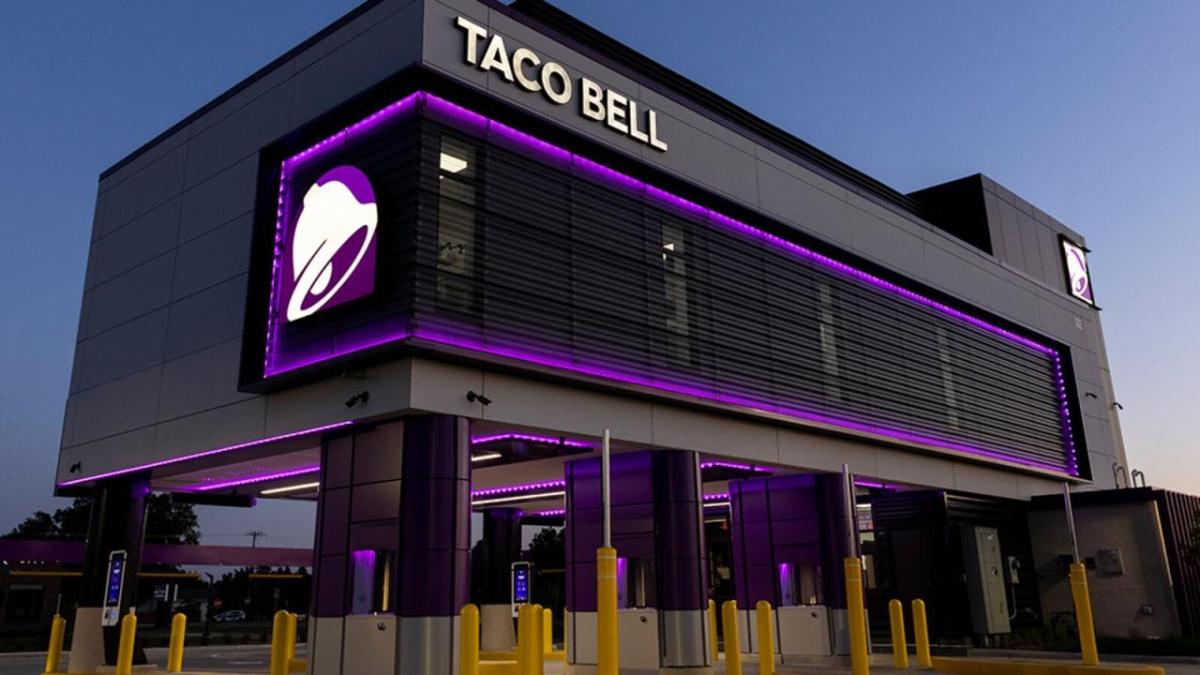
The company also takes a strategic approach to solar, analyzing the building footprint, cost of electricity and location’s access to the sun. KFC has solar panels on every continent that it operates, including one KFC in California, which operates its drive-thru entirely on solar power, saving its franchisee 20% off its energy costs.
These standards and additional efforts have helped Yum! earn external climate recognition from groups like CDP, a global organization that runs a leading sustainability disclosure system, as well as restaurants around the world becoming LEED-certified, including KFC in Thailand and Pizza Hut in Vietnam, and a KFC restaurant receiving Gold certification from India’s Green Building Council.
Because of this work, Yum! has made steady progress on its science-based climate targets. At the end of 2023, the company achieved a 28% reduction of GHG emissions per franchisee restaurants compared to 2019, and Yum! continues to see cost savings through a range of technologies and programs.
“We’ve committed to reduce greenhouse gas emissions per franchise restaurant by 46% by 2030, and we’re more than halfway to this target, thanks to our green building efforts,” Hixson said. “By saving our franchisees money and conserving energy, it’s a win for the company and our planet.”
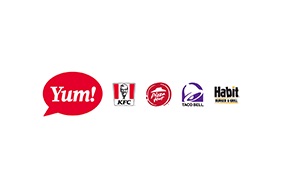
Yum! Brands
Yum! Brands
Yum! Brands, Inc., based in Louisville, Kentucky, and its subsidiaries franchise or operate a system of over 60,000 restaurants in more than 155 countries and territories under the company’s concepts – Taco Bell, KFC, Pizza Hut and Habit Burger & Grill. The Company's Taco Bell, KFC and Pizza Hut brands are global leaders of the Mexican-inspired food, chicken and pizza categories, respectively. Habit Burger & Grill is a fast casual restaurant concept specializing in made-to-order chargrilled burgers, sandwiches and more. In 2024, Yum! was named to the Dow Jones Sustainability Index North America, Newsweek’s list of America’s Most Responsible Companies, USA Today’s America’s Climate Leaders and 3BL’s list of 100 Best Corporate Citizens. In 2025, the Company was recognized among TIME magazine’s list of Best Companies for Future Leaders. In addition, Taco Bell, KFC and Pizza Hut brands were ranked in the top 25 of Entrepreneur’s Top Global Franchises Ranking for 2025, with Taco Bell securing the No. 1 spot for the fifth consecutive year.
More from Yum! Brands
